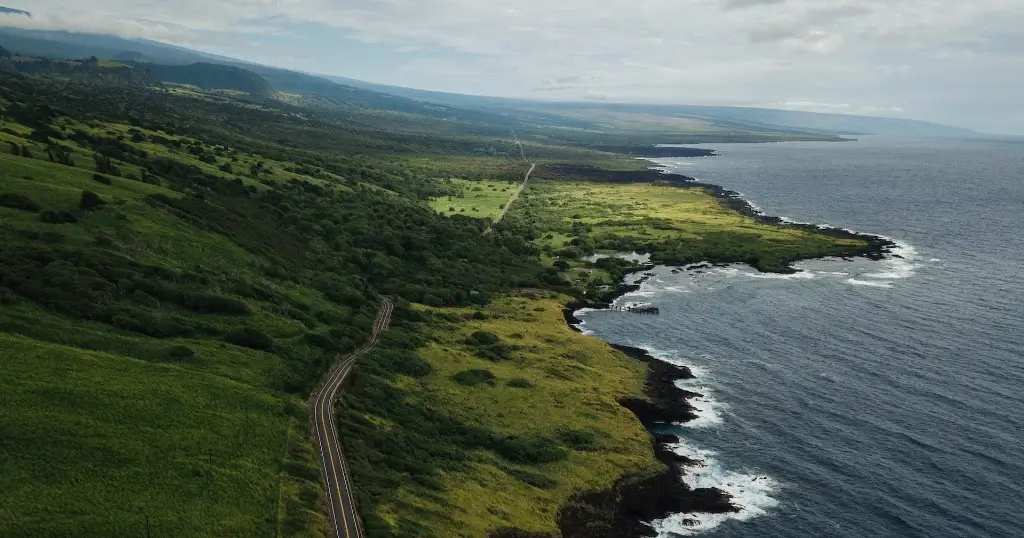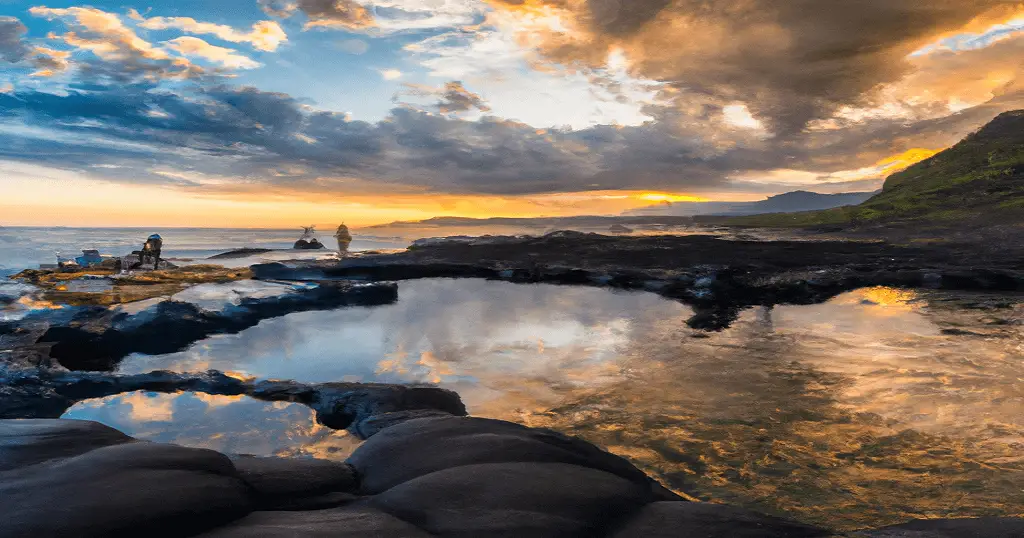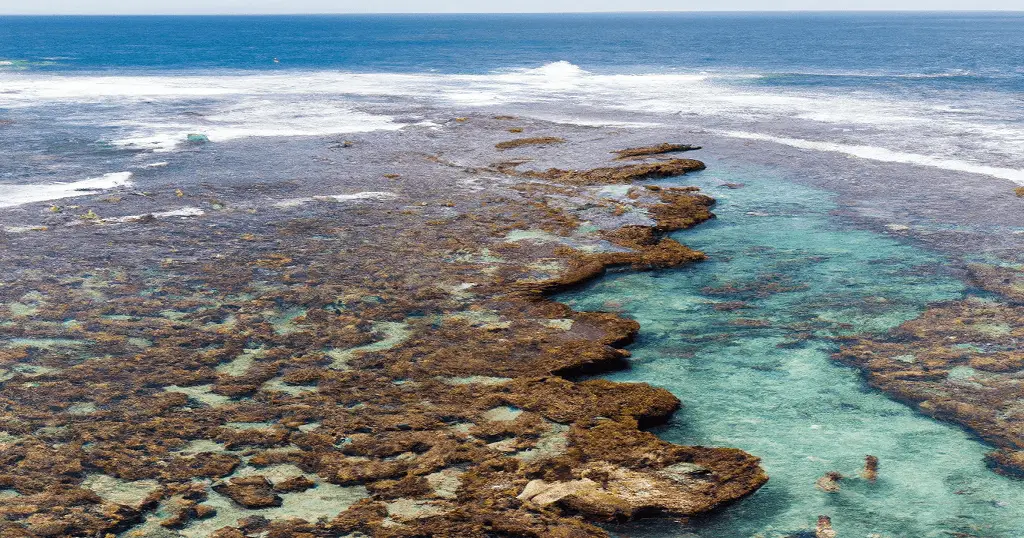Hawaii is a true gem for thrill seekers and outdoor lovers like ourselves. If you’re also looking to relocate to Hawaii and want to live a frugal but adventurous and active lifestyle, we recommend the Big Island of Hawaii. The cost of living is the lowest on Big Island – around 25 % lower than the Hawaiian average. Big Island is relatively affordable due to its large size, lack of infrastructure, and the risks posed by volcanic activity.
What makes most Hawaiian Islands so expensive?
Hawaii is exceptionally beautiful, but it comes at a price. It is the most expensive state to live in and while you can visit there on a budget, living there is a different ball game. Generally, everything here costs around 30% more than in the continental U.S.
Many factors are responsible for the extremely high cost of living in this tropical paradise. The main reasons are:
- High taxes
- Limited space
- Strict zoning regulations
- The Jones Act
The first three affect housing prices. The Jones Act is a big mess that affected the prices of all types of goods imported from the US west coast and abroad. The Jones Act prohibits foreign cargo ships from shipping goods between U.S. ports. The vessel has to be built in the U.S., owned and operated by Americans, and flagged by the U.S. This means that a cargo ship from Asia is not allowed to conveniently offload cargo in Honolulu on its way to San Francisco. A major inconvenience that greatly increases the cost of living for every Hawaiian. This study found out that the Jones act costs the average Hawaiian family close to $1800 per year!
Why is Big Island the cheapest to call home?
Despite the unnecessary expensive supermarkets, accommodation will still be your largest cost. Whether you are renting short-term, long-term, or looking to buy a property to retire in, Big Island has the most affordable land prices, and there is still plenty of unclaimed land up for grabs.
Unfortunately, the lower cost of living may also come with a lower quality of life. There are some major downsides to living on Big Island, which are also the reasons why accommodation prices are relatively low, to begin with:
- A lack of job opportunities
- Active volcanos pose a real threat and make investments a lot riskier
- Prone to flooding
- Infested with Coqui frogs (an annoyingly loud invasive species)
- Prone to Vog
- Lack of infrastructure (No Wholefoods and no large hospitals)
Fun fact: The Big Island of Hawaii has also approved several yurts as permanent residences. This may be another cheap and unique alternative you may want to consider compared to traditional housing!
What salary is needed to live on Big Island?
The cash required to live on Big Island varies wildly depending on your location and day-to-day activities. It is advisable to secure an employment contract with a salary of at least $55,000 before you want to make the big move. This is slightly over the median household income and should be enough to cover the costs of living for a single person.
What are the cheapest places on Big Island?
The area around Kailua-Kona (the western side of the island) should be avoided at all costs if you’re on a budget. This area is frequented by hordes of tourists, which means housing costs and costs for everyday goods are more expensive. That being said, finding employment there may be a lot easier.
The cheapest places are in the north around Hamakua towards Puna and Hilo. Unfortunately, the eruption of Kilaeuea has further limited housing options in these areas. So while it is still cheap there, it’s rapidly getting more expensive.
Hilo is the cheapest town with decent infrastructure.
Hilo has plenty of amenities that you can expect from a big city, but the costs of living are much lower. The city has plenty of supermarkets, museums, and a great variety of restaurants and serves as the gateway to the national park. There are also decent schools and universities in town.
Quick facts about Hilo:
- Cost of Living: 28% lower than the rest of Hawaii
- Average home price: $318,000 (almost 50% cheaper than the rest of Hawaii!)
- Income to Rent Ration: 60.6 (so almost two-thirds of income goes into rent)
- Unemployment rate: 3.4 %
- Population: 45,248 (as of 2020)
Cost of living calculator for Big Island
The following calculator may help you determine, whether you can afford living on Big Island:
Total monthly expenses:
Conclusion
Big Island is cheap but has a fragile economy and geography. You shouldn’t come here on a one-way ticket without a solid game plan and plenty of resources to fall back to. If you plan on working there, ensure you possess specialized skills that are actually in demand.



